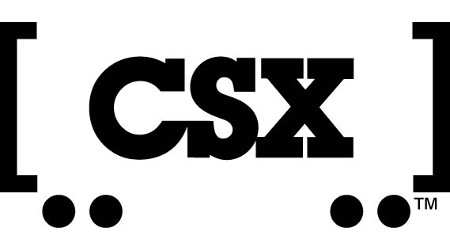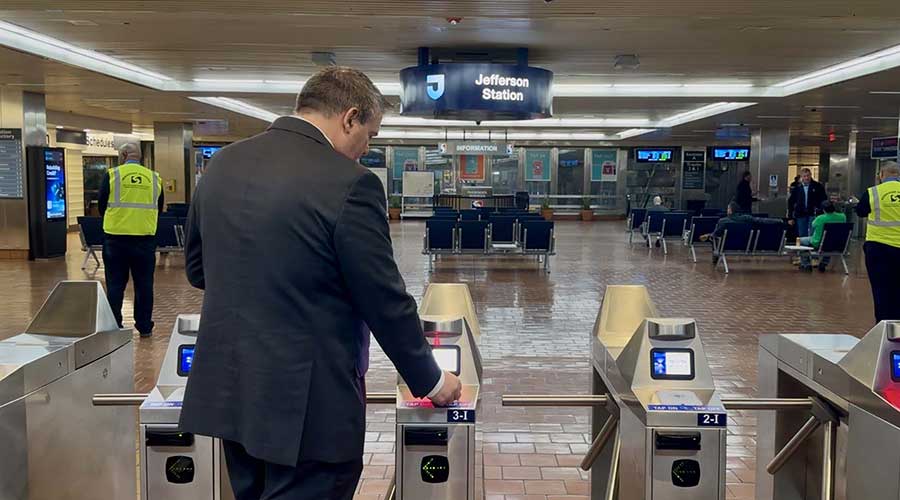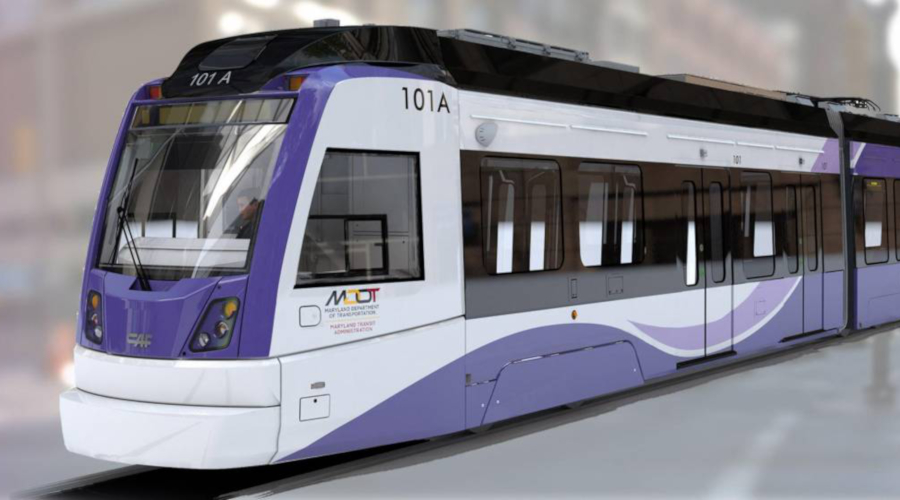Newsletter Sign Up
Stay updated on news, articles and information for the rail industry
Stay updated on news, articles and information for the rail industry
RAIL EMPLOYMENT & NOTICES
Rail News Home
Rail Industry Trends
Rail News: Rail Industry Trends
3/25/2009
Rail News: Rail Industry Trends
Truck size/weight-limiting bill enters House; rail labor unions and North Dakota lawmakers seek quiet zone-funding legislation
advertisement
On March 19, Rep. James McGovern (D-Mass.) introduced the Safe Highways and Infrastructure Preservation Act (H.R. 1618), which would freeze truck size and weight on the 161,000-mile National Highway System.
The bill would extend the limits on large trucks from the 46,000-mile Interstate Highway System to other roads and highways, and prohibit a state from enacting new laws that would permit any truck trailer longer than 53 feet.
“The proposed bill affirms what America’s railroads have maintained all along: heavier and bigger trucks should not be allowed on already over-congested highways and roads unless they pay the full cost of the damage they cause,” said Association of American Railroads (AAR) President and Chief Executive Officer Edward Hamberger in a prepared statement.
Trucks already consume more energy and emit more pollution than other freight transportation modes, the AAR said.
H.R. 1618, which has 48 co-sponsors, has been referred to the House Committee on Transportation and Infrastructure.
Meanwhile, the Brotherhood of Locomotive Engineers and Trainmen (BLET), Brotherhood of Maintenance of Way Employes Division (BMWED), United Transportation Union (UTU) and North Dakota legislative leaders are working jointly to promote legislation that would create a special fund to help cities in the state fund quiet zones.
So far, the parties have helped prompt the North Dakota Senate to pass a bill that would enable cities to take railroads’ 4-cents-per-gallon fuel tax to fund the construction of quiet zones. The BLET, BMWED and UTU now are working with the state’s House appropriations committee and preparing for a House floor vote on the legislation.
One city would not be allowed to use all the funds; the bill would limit a city to five grade crossings and up to $100,000 each.
"Quiet zones have proven that they save lives and reduce the trauma that train crews face on a grade crossing crash or fatality,” said Mike Muscha, chairman of the BLET’s North Dakota State Legislative Board, in a prepared statement.
The city of Fargo, N.D., has not had a single fatality since a quiet zone was installed recently at a crossing, he said.
The bill would extend the limits on large trucks from the 46,000-mile Interstate Highway System to other roads and highways, and prohibit a state from enacting new laws that would permit any truck trailer longer than 53 feet.
“The proposed bill affirms what America’s railroads have maintained all along: heavier and bigger trucks should not be allowed on already over-congested highways and roads unless they pay the full cost of the damage they cause,” said Association of American Railroads (AAR) President and Chief Executive Officer Edward Hamberger in a prepared statement.
Trucks already consume more energy and emit more pollution than other freight transportation modes, the AAR said.
H.R. 1618, which has 48 co-sponsors, has been referred to the House Committee on Transportation and Infrastructure.
Meanwhile, the Brotherhood of Locomotive Engineers and Trainmen (BLET), Brotherhood of Maintenance of Way Employes Division (BMWED), United Transportation Union (UTU) and North Dakota legislative leaders are working jointly to promote legislation that would create a special fund to help cities in the state fund quiet zones.
So far, the parties have helped prompt the North Dakota Senate to pass a bill that would enable cities to take railroads’ 4-cents-per-gallon fuel tax to fund the construction of quiet zones. The BLET, BMWED and UTU now are working with the state’s House appropriations committee and preparing for a House floor vote on the legislation.
One city would not be allowed to use all the funds; the bill would limit a city to five grade crossings and up to $100,000 each.
"Quiet zones have proven that they save lives and reduce the trauma that train crews face on a grade crossing crash or fatality,” said Mike Muscha, chairman of the BLET’s North Dakota State Legislative Board, in a prepared statement.
The city of Fargo, N.D., has not had a single fatality since a quiet zone was installed recently at a crossing, he said.


 LRW Honors Amtrak’s Acheson As Railway Woman Of The Year
LRW Honors Amtrak’s Acheson As Railway Woman Of The Year
 From Editor-In-Chief Foran: Of Gender Equity And Inclusion
From Editor-In-Chief Foran: Of Gender Equity And Inclusion
 Spotlight On Some Of Today’s Rail Safety Products
Spotlight On Some Of Today’s Rail Safety Products
 Women of Influence in Rail eBook
Women of Influence in Rail eBook
 railPrime
railPrime







